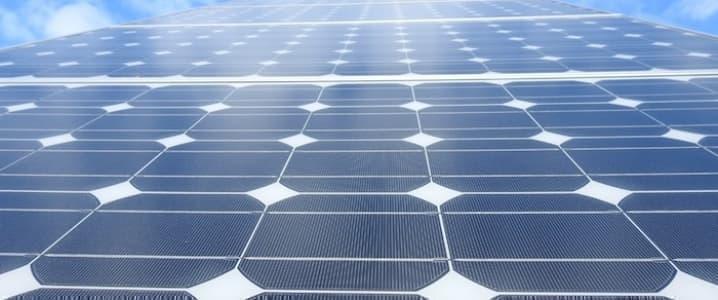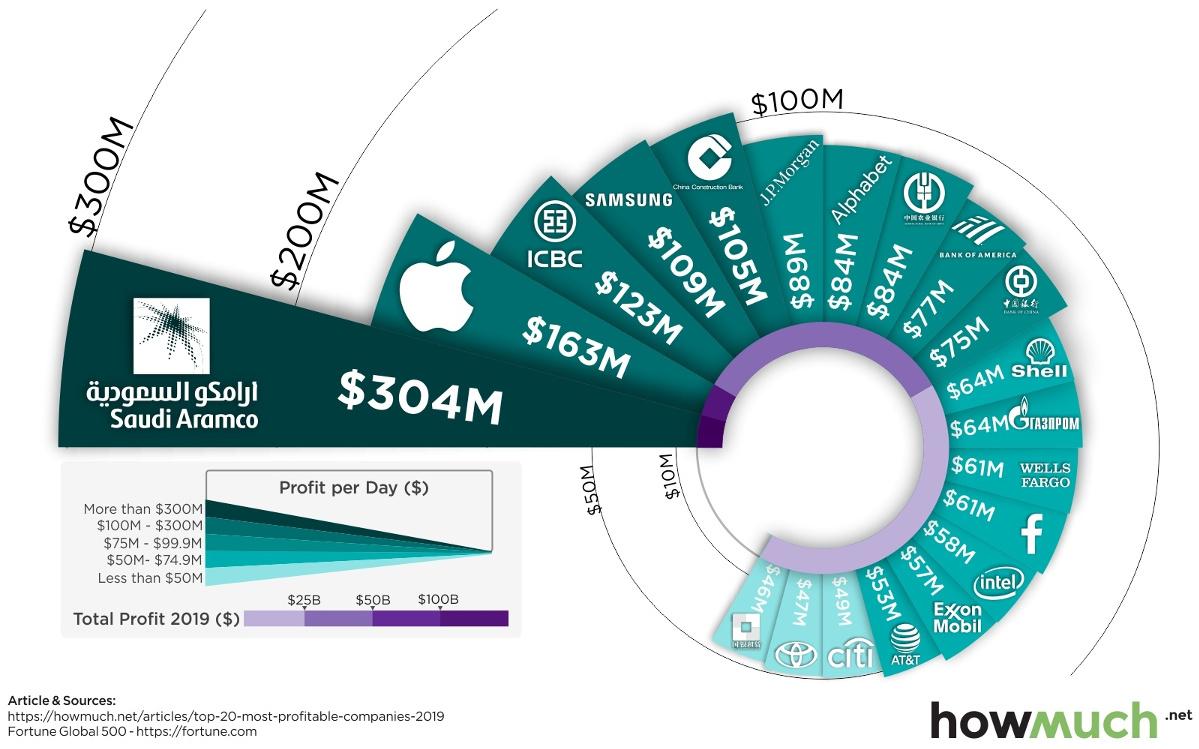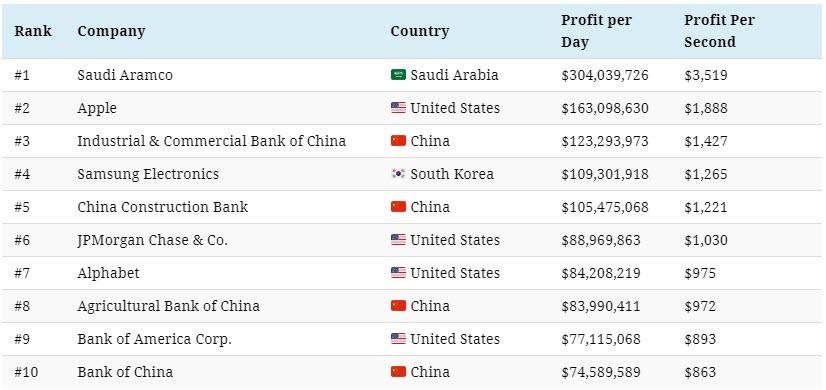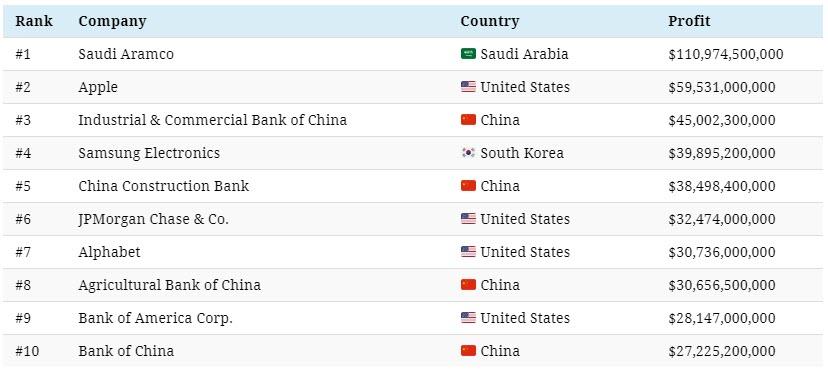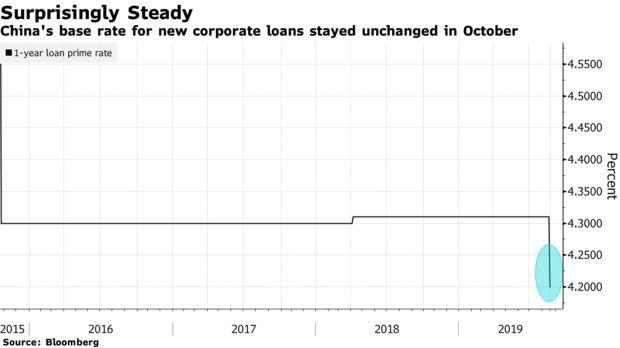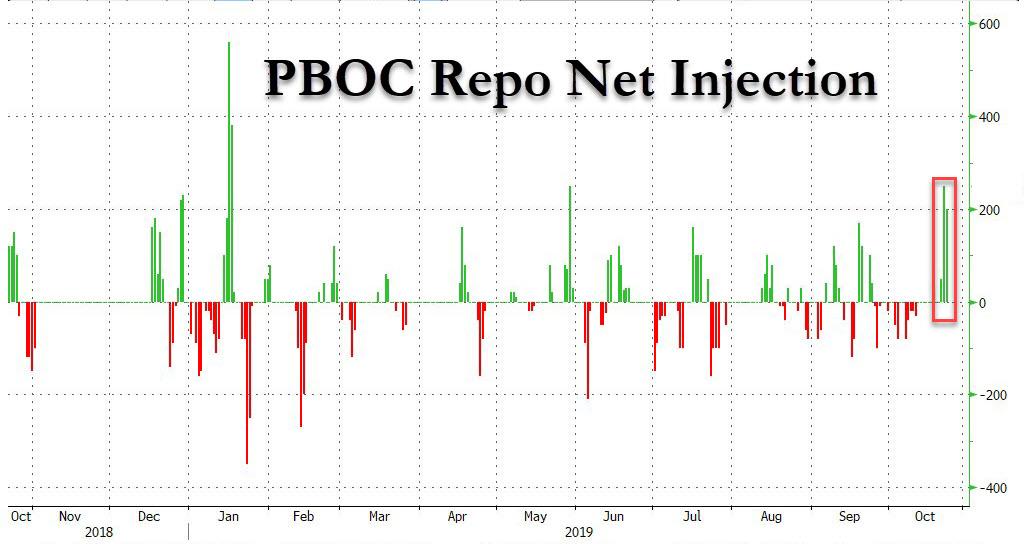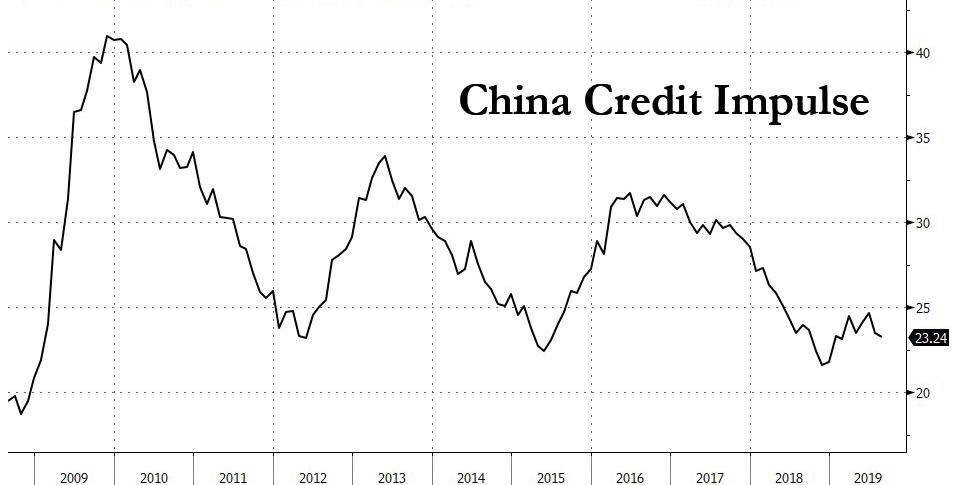The UK Reaches A Remarkable Renewable Milestone
Authored by Tsventana Paraskova via OilPrice.com,
The UK has just ended its first quarter ever in which electricity generation from renewables outpaced fossil fuel-fired power generation – a landmark achievement for the country that started the Industrial Revolution with coal.
While Britain’s achievement pales in comparison to other renewable champions in Europe and elsewhere, it is nevertheless a milestone that highlights the advance of renewable energy in the world over the past decade. And the share of renewable energy in power generation is set to continuously grow, everywhere.
Declining technology costs and battery prices across the board have made unsubsidized wind and solar power the cheapest options for electricity generation in major economies, including India and China. Solar and wind power is now cheaper than coal in most of the world.
In the UK, as much as 40 percent of electricity generation in Q3 came from renewables—including wind, biomass, and solar—while fossil fuels accounted for 39 percent of generation, an analysis of the UK’s Q3 electricity generation from Carbon Brief showed this week. Most of the remaining generation came from nuclear power, which generated 19 percent of UK’s electricity in that quarter.
This was the first quarter in the UK history in which renewables generation exceeded fossil fuels since the first power plant opened in Britain in 1882.
Of the 39-percent share of fossil fuels, 38 percent was natural gas and less than 1 percent came from coal and oil combined, Carbon Brief said.
The share of coal in the UK’s power generation dropped from just above 30 percent in 2009 to less than 3 percent in January-May 2019, National Grid said earlier this year, noting that in full 2019 “Britain is set to achieve a historic electricity generation milestone this year, with more electricity generated from zero carbon sources than fossil fuels.”
As the UK aims to phase out coal by 2025, coal-fired electricity generation in the country has been at all-time lows in recent months. In May, the UK went coal-free for a full week for the first time since the 1880s, as its electricity generation used 0 percent coal-fired power.
Meanwhile, in the UK’s latest Contracts for Difference (CfD), twelve new renewable energy projects won contracts to provide some 6 GW of capacity—enough to power over seven million UK homes at record low costs as renewables are expected to come online below market prices for the first time, the UK government said.
“The prices are so low that the windfarms could generate electricity more cheaply than existing gas-fired power stations as early as 2023,” Carbon Brief analysis suggested.
Rising wind – especially offshore wind – capacity has been the main driver of the UK’s growing renewable capacity and electricity generation in recent years.
There are more advanced ‘renewable’ countries in Europe—Sweden, for example, generates more than 54 percent of its electricity from renewable sources on a sustainable basis. The country targets to have 100 percent renewable electricity generation by 2040. Denmark generates more than 43 percent of its electricity from wind power.
Costa Rica, Norway, and Iceland generate nearly 100 percent of their electricity from renewables, but hydropower is a major source of their generation.
Europe’s largest economy, Germany, saw a record share of renewable generation in the first half of 2019, thanks to stormy weather that boosted wind power generation.
Amid the heated debates over climate change and ways to save the planet before it’s too late, three countries and their energy policies and power generation will shape the trends in renewables on a global scale—China, India, and the United States—due to the size of their energy markets.
Because of its huge market and huge investments in renewable energy capacity installation, China is capable of shocking the market with policy decisions.
In the United States, natural gas and wind are winning, while coal is losing in the race for shares of power generation. This year, annual electricity generation from wind in the U.S. is set to exceed hydropower generation for the first time and to become the leading source of renewable electricity generation—and it will stay so in 2020, the EIA says.
Globally, wind and solar are expected to account for a combined 50-percent share of electricity generation in 2050, BloombergNEF said in its New Energy Outlook 2019.
Europe is set to decarbonize the furthest and the fastest, while coal-heavy China and gas-heavy U.S. will play catch-up, BNEF says, noting that “wind and solar are now cheapest across more than two-thirds of the world. By 2030 they undercut commissioned coal and gas almost everywhere.”
Tyler Durden
Wed, 10/23/2019 – 02:00
via ZeroHedge News https://ift.tt/2MEqOFB Tyler Durden
